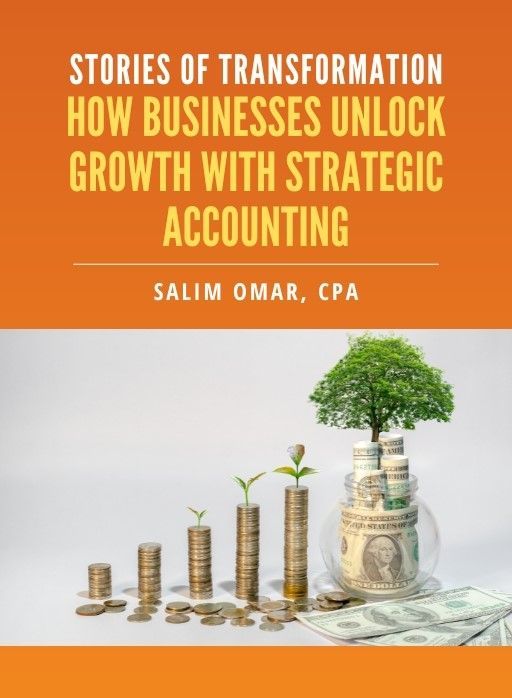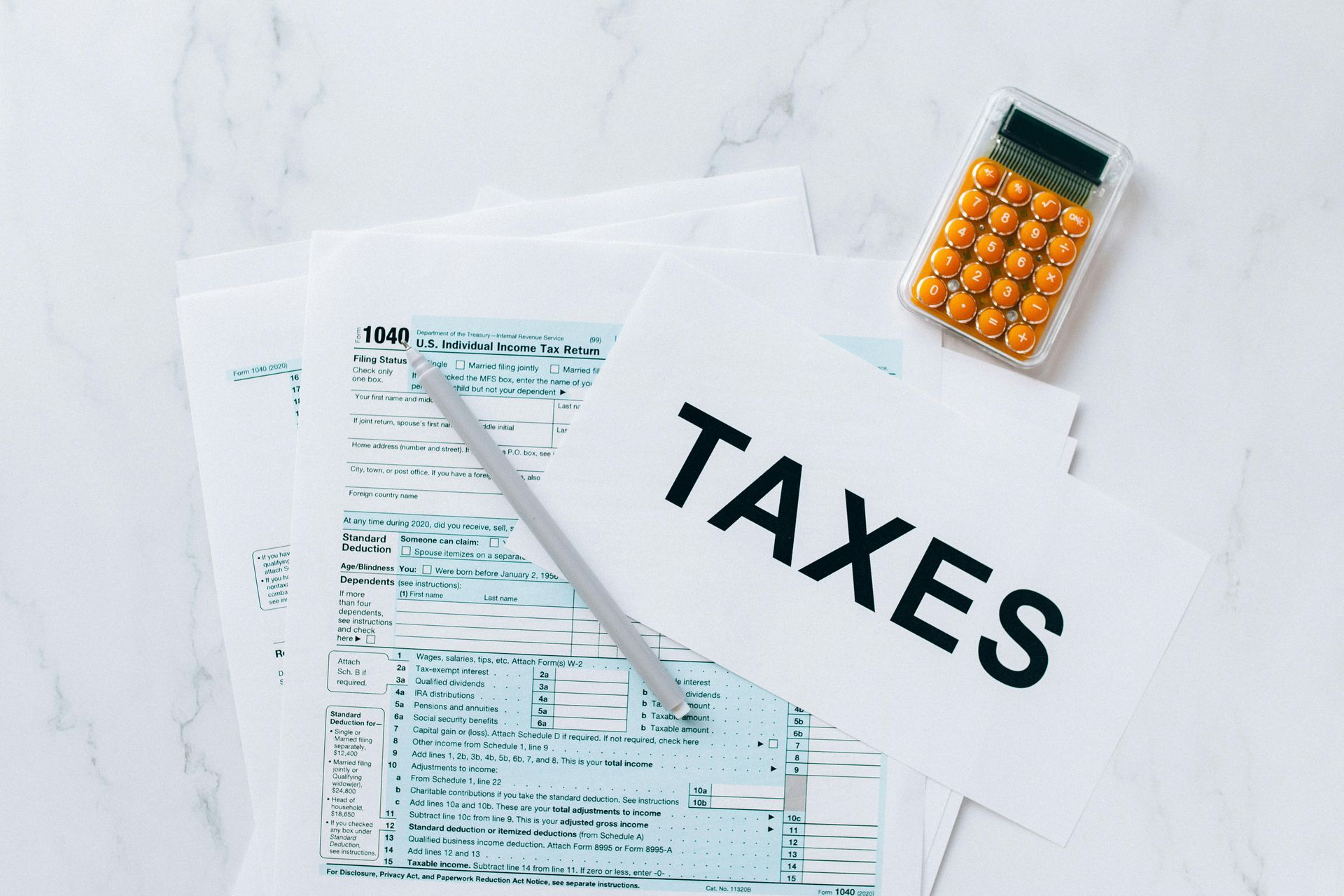Maximizing Tax Benefits with the Short-Term Rental (STR) Tax Loophole

For real estate investors, the short-term rental (STR) tax loophole presents a significant opportunity to reduce taxable income. By structuring your STR correctly and applying property-related losses strategically, you can offset active income—something traditional rental properties typically don’t allow.
This guide will help you understand how the STR tax strategy works and how to leverage it effectively.
What is the Short-Term Rental Tax Loophole?
The short-term rental loophole is a tax strategy that allows investors to treat STR income and losses differently from long-term rentals. Unlike traditional rental properties, which are considered passive activities, STRs can be classified as non-passive under certain conditions.
The key regulation that defines this exception is Reg. Section 1.469-1T(e)(3)(ii)(A), which outlines six scenarios where rental income is not automatically considered passive:
- The average guest stay is seven days or less.
- The average guest stay is 30 days or less, and significant personal services (e.g., daily cleaning, meals) are provided.
- The property offers extraordinary personal services, regardless of the length of stay.
- The rental activity is incidental to a non-rental business activity.
- The property is customarily available during set business hours for non-exclusive use by multiple customers.
- The rental activity is conducted through a partnership, S corporation, or joint venture in which the taxpayer has an ownership interest.
By meeting one of these criteria, STR owners can classify their rental activity as
non-passive, unlocking powerful tax benefits.
How the STR Loophole Came to Be
The Tax Reform Act of 1986 reshaped how rental income was taxed, introducing passive activity rules under Section 469. Before this, high-income professionals—such as doctors and attorneys—could claim rental property losses against their active income. The new law prevented this by classifying all rental properties as passive by default unless an investor qualified as a real estate professional (REPS).
In the mid-1990s, real estate professionals successfully lobbied for an exception that allowed real estate professionals to deduct rental losses as non-passive. However, most high-income earners with full-time jobs could not qualify for REPS, leaving them unable to offset rental losses against active income.
That’s where the
short-term rental tax loophole comes in—it provides a way for
non-real estate professionals to benefit from rental property losses
without needing REPS status.
How to Qualify for Non-Passive STR Income
To take full advantage of the STR loophole, investors must materially participate in their rental business. The IRS provides seven material participation tests, but most STR owners qualify using one of these three:
- Spending 500+ hours annually managing the STR.
- Performing substantially all the work related to the STR.
- Spending at least 100 hours on the STR and ensuring no one else (such as a property manager) spends more time than you.
Meeting any one of these tests ensures your STR is treated as
non-passive, allowing you to offset losses against W-2 or business income.
Depreciation Strategies for STR Owners
One of the biggest tax advantages of STR ownership is the ability to accelerate depreciation, which allows you to take larger deductions in earlier years. This is done through cost segregation studies and bonus depreciation.
Cost Segregation Study
A cost segregation study breaks down property components into different categories, allowing depreciation over shorter lifespans:
- 5-year property: Appliances, furniture, fixtures.
- 7-year property: Office equipment.
- 15-year property: Land improvements (driveways, landscaping).
Typically, 20-30% of a property’s purchase price can be reclassified into shorter depreciation periods, creating substantial tax deductions.
Bonus Depreciation
Bonus depreciation allows STR owners to immediately deduct a large portion of property costs in the first year. However, this benefit is phasing out over time:
- 2023: 80% Bonus Depreciation
- 2024: 60% Bonus Depreciation
- 2025: 40% Bonus Depreciation
- 2026: 20% Bonus Depreciation
- 2027: 0% Bonus Depreciation (eliminated)
Why this matters: Paired with cost segregation,
bonus depreciation allows STR owners to take massive deductions upfront, reducing taxable income significantly.
Common STR Tax Mistakes to Avoid
Not Meeting the “7-Day Average” Rule
- Ensure your average guest stay is seven days or less to qualify for STR tax benefits.
- Ensure your rental provides substantial services to meet STR criteria when using the 30-day or less exception
Ignoring Personal Use Limits
- If you use your STR for more than 14 days per year or 10% of total rental days, it could be classified as a personal residence, limiting deductions.
Failing to Track Material Participation
- Keep detailed records of hours spent managing your STR to prove material participation in case of an IRS audit.
Overlooking Local Regulations
- Many cities
restrict or ban STRs—check local laws before purchasing an STR investment property.
Platforms That Facilitate Short-Term Rentals
To maximize occupancy and income, STR owners rely on various online platforms to market and manage bookings. Popular STR platforms include:
- Airbnb – The largest STR platform, offering a broad customer base.
- Vrbo (Vacation Rentals by Owner) – Focuses on entire home rentals, popular with families and groups.
- Booking.com – A hotel-based platform that now includes vacation rentals.
- Expedia – Allows STR listings alongside hotels.
- TripAdvisor Rentals – A vacation rental marketplace with strong traveler reviews.
Choosing the right platform depends on your target guests and market strategy.
Is the STR Loophole at Risk of Being Closed?
Some investors worry that the STR loophole might be eliminated in the future. However, there are no current legislative proposals targeting this tax strategy. Since the regulations were originally designed for hotels and motels, STR owners using platforms like Airbnb and Vrbo have unintentionally benefited from this loophole in the tax code.
While changes are always possible,
the STR tax benefits remain one of the most effective tax-saving strategies for
real estate investors today.
Final Thoughts: Is the STR Tax Strategy Right for You?
For investors looking to maximize tax savings, STRs offer a unique opportunity to generate income while reducing tax liability. However, successfully implementing this strategy requires:
- Meeting the “7-day average stay” rule
Demonstrating material participation
Leveraging cost segregation and bonus depreciation - Following tax regulations and avoiding common mistakes
By structuring your STR business correctly, you can significantly reduce your tax burden while building long-term wealth through real estate.
Free eBook:
Stories of Transformation


Salim is a straight-talking CPA with 30+ years of entrepreneurial and accounting experience. His professional background includes experience as a former Chief Financial Officer and, for the last twenty-five years, as a serial 7-Figure entrepreneur.




